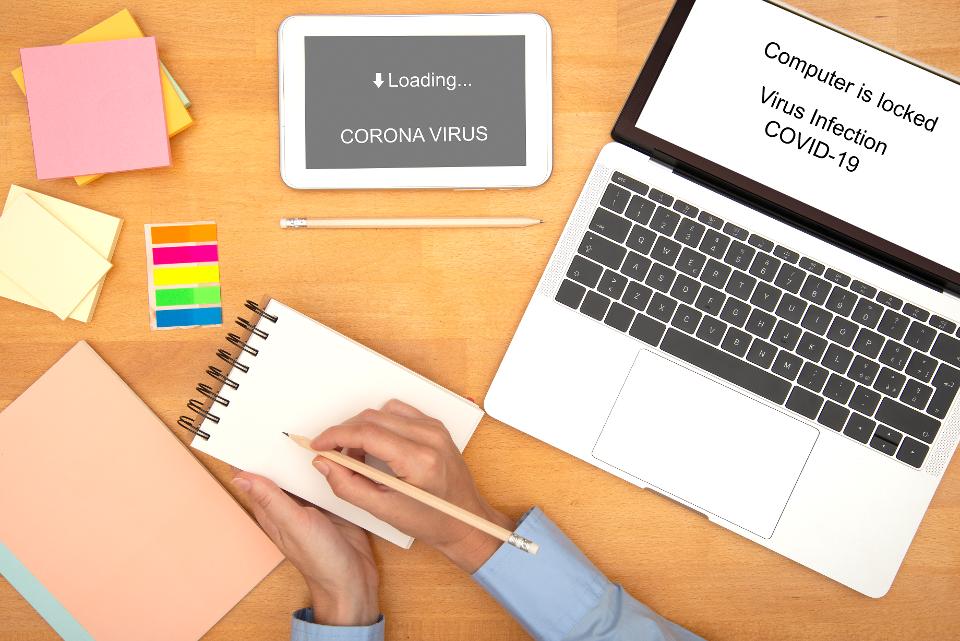Data science from social media could do more than just help track the spread of COVID-19, and when … [+]
Getty
On Wednesday the World Health Organization (WHO) declared COVID-19 a global pandemic – the first time such a declaration has been made since the H1N1 crisis in 2008, which saw nearly a quarter of the world’s population infected. COVID-19, the disease that is caused by the SARS-CoV-2 virus, has been detected in more than 100 nations around the globe according to WHO, which announced earlier in the week that it was detected in Bulgaria, Costa Rica, French Guiana, the Maldives, Malta and Martinique.
The spread of the illness has been tracked worldwide, and its impact noted by American management consulting firm McKinsey and Company. The firm noted the critical indicators of the impact of COVID-19, and found that countries such as South Korea and Italy have seen cases grow and health care systems stretched. It also warned that global GDP in 2020 could slide or fall sharply due to the outbreak.
Social Media Tracking
Social media has been an instrumental component of the data algorithms being used to track COVID-19’s global impact. According to recent data from Hootsuite Insights, powered by Brandwatch, in just one month the term “coronavirus” surpassed over 19 million Twitter mentions in the United States.
In the same period the mentions only reached 2.6 million the U.K., which suggested that social media sentiment remained more neutral in the U.K. than the U.S., but also highlighted that disgust was the top U.S. emotion, with fear continuing on an uphill rise.
“While thousands have been confirmed with the virus, hundreds of millions have been infected/affected with the dread and uncertainty,” explained Mike Berland, an ex-political pollster and founder/CEO of NY-based data insights firm Decode_M, who has used data science to track the spread of COVID-19.
“The emotional and business impact currently exceeds the rate of known infection,” added Berland, author of upcoming book Maximum Momentum. “But the uncertainty is paralyzing and it’s influenced markets and behavior. You can’t see it; you can only feel it. We’re in a rare situation when everyone in the world is directing its attention on the same concern, and everybody is equally impacted. In any situation, uncertainty always has momentum.”
Data science from social media could do more than just help track the spread of the disease, and when used properly could help alert users of potential dangers.
“Momentum of the coronavirus conversation was first driven by online new sites and message boards. That remains where most of the conversation is,” explained Berland. “As awareness has spread and individuals are engaging more, there has been a recent surge in momentum from social media sites.”
Two researchers from Monash University – Mark Andrejevic, professor of communications and media studies, and Neil Selwyn, professor of education – published a paper this week that showed how smartphones could aid in data tracking, where the handsets could be “repurposed as monitoring systems to support the management and control of the public.”
The researchers noted that smartphones were not only used to share facts and information about COVID-19 to the public, but also provided information about the public to authorities, which in turn could help manage and even control its spread.
An Anti-Social Network
One of the most effective ways that mobile devices have been used to monitor the populace is via Chinese e-commerce giant Alibaba’s “Alipay Health Code” app, which was developed in a partnership with Ant Financial. The app, which Chinese authorities in Hangzhou have required be downloaded, provides the government with a way to monitor citizens to assess risk and even determine quarantine status.
The app provides users with information on whether they’re allowed to leave homes, use mass transit or whether their respective risk level has consigned them to quarantine. Users are categorized – green, yellow or red – based on their medical conditions as well as travel history.
A similar app was developed by Chinese-based Tencent for the southern city of Shenzhen, and this software also has been used to determine whether a person should be allowed to travel in public or should be placed in public.
However, there are concerns of how much these “anti-social media” programs take the monitoring. Earlier this month, The New York Times, which analyzed the software code of these apps, found that the information gathered could be shared with the police or other authorities. It could set “template for new forms of automated social control that could persist long after the epidemic subsides,” warned the paper of record.
These social media tools could be just the beginning of what we could see come about because of this crisis.
Obviously, we don’t associate a viral epidemic with innovation, but think of it this way,” added Berland. “It’s a novel problem for our times that forces new accommodations.”

